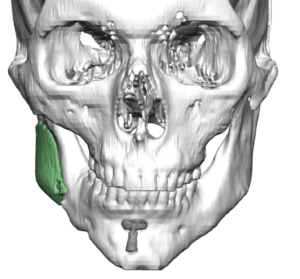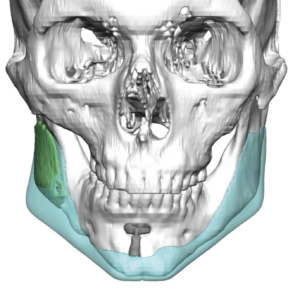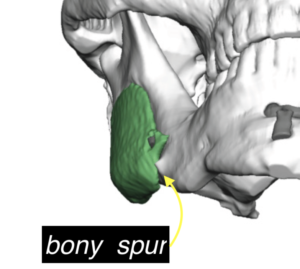Background: Lower facial or jaw asymmetry is one of the most common forms of facial asymmetry. The projecting nature of the chin/lower jaw, its paired development from the embryonic brachial arches and the relative complexity of the mandibular shape with its various attached soft tissues creates a lot of potential for an asymmetric shape. While jaw asymmetry can occur in pure isolation, it is far more common to be part of an overall facial asymmetry.
When treating jaw asymmetry the historic approach is to make a treatment plan based on its external appearance. Plain x-rays such as a panorex were used to supplement the external appearance evaluation. But the approach was largely an eyeball assessment of what was felt ti be deficient. Procedures such as a centering sliding genioplasty and jaw angle implants were common. That may or may not have been supplemented with soft tissue fat injections either during the primary procedure or done secondarily.
The contemporary approach to jaw asymmetry assessment and treatment planning is through the use of a 3D CT scan. Its value is that it provides a more complete understanding of the scope of the bony asymmetry. Almost all jaws asymmetries in my experience involve the entire jawline and not just the corners. (chin and jaw angle) This makes senses from a developmental standpoint which subsequently makes treatment planning more accurate.
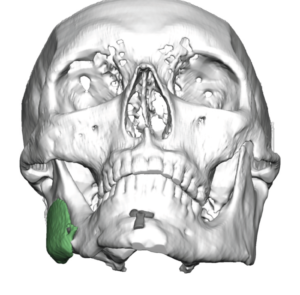
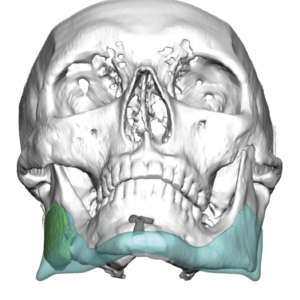
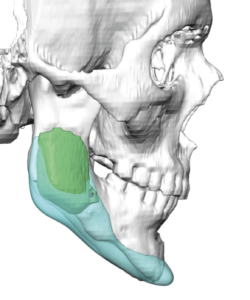
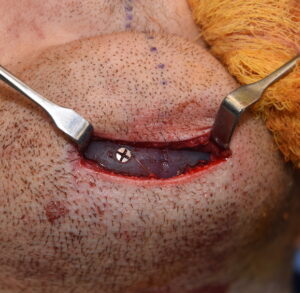
The use of a custom jawline implant design allows for both the best asymmetry correction as well as an overall jawline augmentation effect.
Highlights:
- Eyeballing jaw asymmetry correction may offer some improvement but almost always results in an incomplete correction.
- Jaw asymmetry is best treatment planned using the aid of a 3D CT scan.
- A custom jawline implant offers the most complete and effective treatment for many jaw asymmetries.
Dr. Barry Eppley
Indianapolis, Indiana




